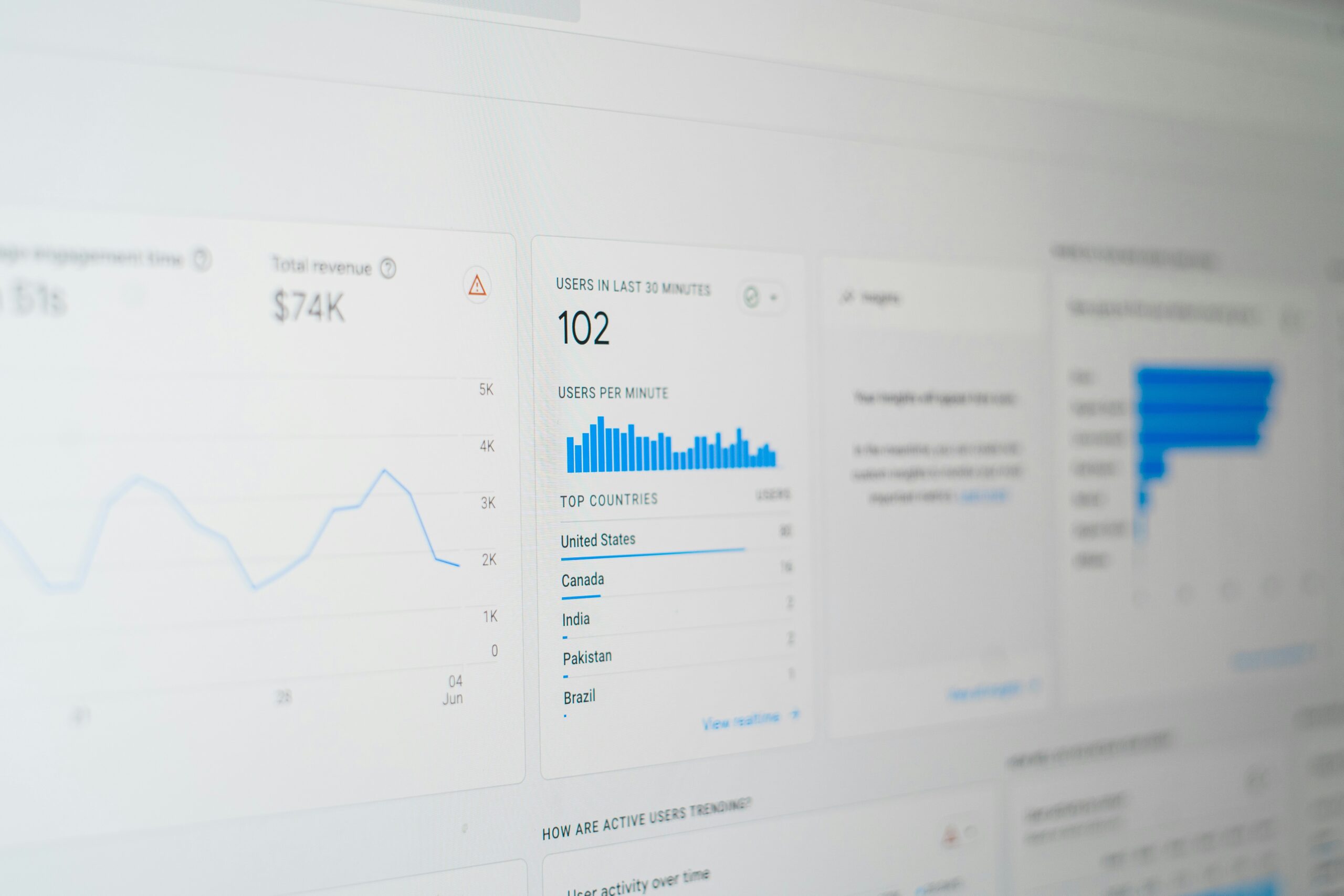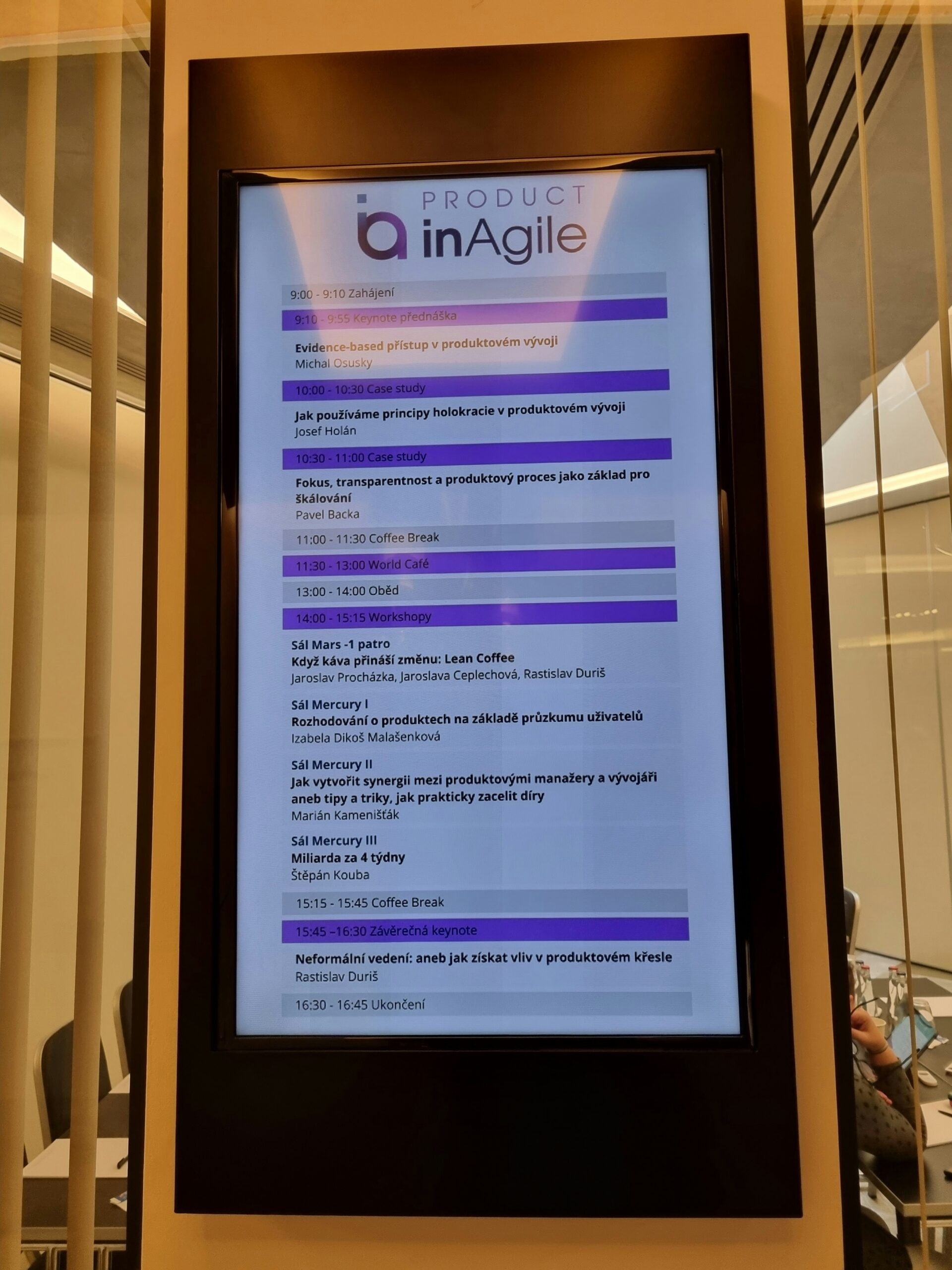Harnessing Real-Time Analytics for Dynamic Merchandising Success
September 28, 2025 | by qqvmedia.com


Understanding Real-Time Analytics
Real-time analytics refers to the immediate processing and analysis of data as it becomes available. Unlike traditional analytics, which often involves processing historical data after a certain time has elapsed, real-time analytics enables organizations to access insights instantaneously. This capability allows businesses to respond swiftly to changing conditions, trends, and customer behaviors. The core principle of real-time analytics lies in its ability to provide continuous insight, thereby facilitating informed decision-making and enhancing operational efficiency.
The technological advancements behind real-time analytics are noteworthy. Big data technologies play a significant role by enabling organizations to collect and process vast volumes of data from diverse sources, quickly and efficiently. These technologies, combined with cloud computing, facilitate scalable storage and processing power, allowing businesses to handle real-time data streams without the limitations typically associated with on-premises systems. Furthermore, the incorporation of machine learning algorithms enhances predictive analytics by analyzing real-time data patterns to identify trends and forecast future outcomes.
The importance of real-time insights for businesses, particularly in the retail and merchandising sectors, cannot be overstated. Retailers equipped with real-time analytics can monitor customer interactions, inventory levels, and market trends as they occur. This capability grants businesses the agility to optimize their merchandising strategies instantly, tailored to the evolving preferences of consumers. Moreover, utilizing real-time analysis fosters improved inventory management, reducing waste and ensuring that popular products are always in stock. By embracing real-time analytics, organizations can potentially improve customer satisfaction, drive sales, and gain a competitive edge in a rapidly changing market landscape.
Dynamic Merchandising: The New Era of Retail
Dynamic merchandising represents a transformative shift in retail strategies, adapting to the rapid changes in consumer behavior and preferences. In today’s fast-paced market, where consumer needs evolve swiftly, static merchandising techniques are no longer sufficient. Dynamic merchandising allows retailers to optimize their offerings in real time, leveraging data analytics to inform decisions about product placement, promotions, and inventory management.
At its core, dynamic merchandising relies on the ability to monitor and react to live consumer interactions and inventory levels. By analyzing data from various sources, such as point-of-sale systems, online shopping behaviors, and social media trends, retailers can gain insights that guide their merchandising strategies. For example, a clothing retailer may adjust its display layout based on current shopping patterns, emphasizing popular items while de-emphasizing stock that has less consumer interest. This agile approach enables businesses to cater to consumer preferences more effectively and enhance the shopping experience.
Several retail sectors have successfully implemented dynamic merchandising strategies. In the grocery industry, some chains utilize real-time inventory tracking systems to adjust product placement based on what items are selling quickly. If a particular type of snack becomes a trend in a specific location, the retailer can promptly increase its visibility in the store layout, ensuring that it meets consumer demand before stock runs out. Similarly, in the electronics sector, retailers often rotate promotions for trending tech products based on analytical insights, thus maximizing sales opportunities without guesswork.
Ultimately, dynamic merchandising is redefining the traditional retail landscape. By harnessing real-time analytics, retailers can stay ahead of market trends, continually refining their strategies to meet ever-changing consumer demands. This adaptability is essential for success in the current retail environment, where the ability to respond instantly can be a decisive factor in competitive advantage.
The Role of Data in Dynamic Merchandising
Data plays a pivotal role in the success of dynamic merchandising, acting as the foundation upon which retailers can build effective strategies to meet customer demands and adapt to market changes. Several critical types of data are necessary for this process, including customer demographics, purchasing behaviors, and current market trends. Understanding these data categories allows retailers to tailor their merchandise offerings and enhance customer engagement.
Demographic data encompasses information such as age, gender, income, and location, providing insights into the target audience’s characteristics. For example, retailers can adjust their inventory and marketing strategies based on the demographics of their customer base, ensuring that the right products reach the right consumers. Purchasing behavior data, which includes information on customer transactions and preferences, enables retailers to identify trends and patterns in buying habits. This information can guide promotional strategies and stock management to optimize sales and customer satisfaction.
Current market trends, influenced by economic factors, seasonality, and consumer preferences, are also crucial. Retailers can utilize data sources such as point-of-sale (POS) systems, social media platforms, Internet of Things (IoT) devices, and customer feedback channels to collect relevant market information. POS systems provide real-time sales data, while social media platforms offer insights into public opinion and trends. IoT devices can gather data about consumer interactions with products, and customer feedback channels allow retailers to understand their customers’ experiences and preferences.
By integrating these various data points, retailers can develop a comprehensive view of customer preferences and behaviors. This holistic approach enables dynamic merchandising strategies that personalize offerings, leading to a more satisfying shopping experience. As dynamic merchandising becomes increasingly important in a competitive market, effective data utilization is essential to remain responsive and relevant.
Implementing Real-Time Analytics for Merchandising Strategies
Implementing real-time analytics in merchandising strategies enables retailers to make informed decisions quickly, enhancing their competitive advantage. To effectively harness real-time data, retailers should utilize advanced analytics platforms and customized dashboards that provide immediate insights into customer behaviors and sales trends. These tools streamline the process of collecting and analyzing vast amounts of data from various sources, such as point-of-sale systems, online transactions, and social media interactions.
To establish a successful framework for real-time analytics, retailers need to follow several essential steps. The first involves robust data collection methods, ensuring that accurate information is gathered continuously. This may include integrating data from inventory management systems, customer relationship management (CRM) tools, and external data sources, such as market research reports. Effective data cleaning and preprocessing techniques are also crucial to maintain data quality and relevance.
The second step entails the analysis of collected data. Retailers can leverage machine learning algorithms and statistical models to identify patterns and trends that inform merchandising decisions. Such insights enable businesses to optimize pricing strategies, improve inventory management, and personalize marketing efforts. The utilization of visualization techniques is equally important, as it allows retailers to present complicated data in accessible formats, fostering better understanding and quicker decision-making processes.
Once actionable insights are obtained, the next crucial step is implementing necessary actions. This can involve adjusting product placement based on real-time sales performance or reacting swiftly to changes in customer demand. However, many retailers may face challenges when incorporating real-time analytics, such as resistance to change and the need for employee training. Addressing these challenges requires a clear communication strategy and ongoing support to ensure that team members understand how to leverage analytics effectively.
In conclusion, the successful implementation of real-time analytics in merchandising strategies relies on the integration of advanced tools, robust data processes, and an adaptable workforce. By overcoming the associated challenges, retailers can maximize the benefits of real-time analytics, ultimately driving business success and enhancing customer satisfaction.
RELATED POSTS
View all


